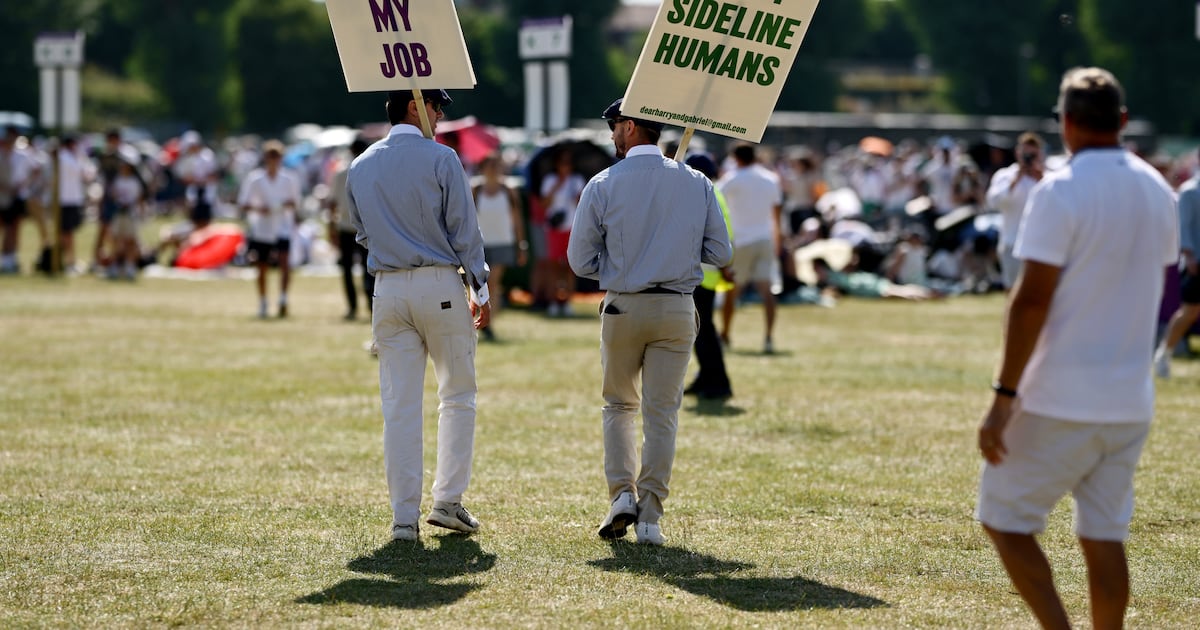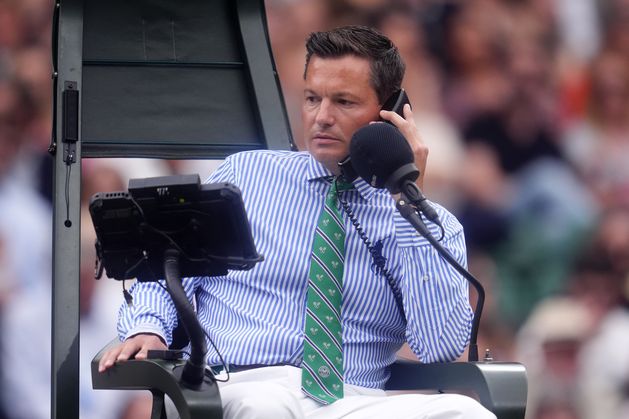Wimbledon's Tech Trials: Why the Human Eye Still Beats the Machine

The hallowed grounds of Wimbledon have always been synonymous with tradition, skill, and the unwavering gaze of line judges. But this year, the tournament has presented a fascinating, and at times frustrating, case study in the application of technology in sport. While Hawk-Eye has become an accepted part of the game, the recent controversies surrounding automated line calling systems highlight a crucial truth: even in the age of advanced algorithms, the human touch remains indispensable.
For years, Hawk-Eye has revolutionised tennis, providing instant replay and virtually eliminating disputes over line calls. Players trust it, fans accept it, and it’s become a cornerstone of modern tennis. However, the introduction of automated line calling, intended to further streamline the process and reduce human error, has been met with a mixed reception. Several instances of incorrect calls, despite the technology's purported accuracy, have sparked heated debates and raised serious questions about the reliability of these systems.
The core issue isn't necessarily the technology itself, but its limitations. Automated systems rely on algorithms and sensors that, while sophisticated, can be susceptible to interference from factors like sunlight, shadows, and the speed of the ball. A human line judge, on the other hand, possesses contextual awareness, experience, and the ability to interpret subtle cues that a machine simply can't. They can account for ball spin, court conditions, and even the player’s position – all factors that contribute to a more nuanced and accurate judgment.
The recent incidents at Wimbledon weren't mere glitches; they underscored a fundamental point about the integration of technology in any field. Technology should augment human capabilities, not replace them entirely. The ideal scenario is a hybrid approach, where technology provides valuable data and insights, but human expertise remains the final arbiter. This is particularly crucial in sports, where the stakes are high and the margin for error is minimal.
Consider the emotional impact as well. A disputed call can dramatically alter the course of a match, affecting not only the players but also the fans who have invested their time and passion in the event. While technology aims to eliminate bias, the perception of bias can still arise when a machine makes an error, especially when it directly impacts a player's performance. A human line judge, even when making a difficult call, can often convey a sense of understanding and empathy that a machine simply cannot.
The Wimbledon experience serves as a valuable lesson for other sports and industries considering the widespread adoption of automated systems. While technology undoubtedly has a role to play, it's essential to proceed with caution, acknowledging the limitations of these systems and preserving the vital role of human expertise. The future of sport, and indeed many other fields, lies not in replacing humans with machines, but in harnessing the power of technology to enhance human capabilities and create a more equitable and engaging experience for all.
Ultimately, Wimbledon's tech trials remind us that while progress is inevitable, it shouldn't come at the expense of the human element. The roar of the crowd, the skill of the players, and the discerning eye of the line judge – these are the things that make sport so captivating, and they are worth preserving, even in the digital age.






